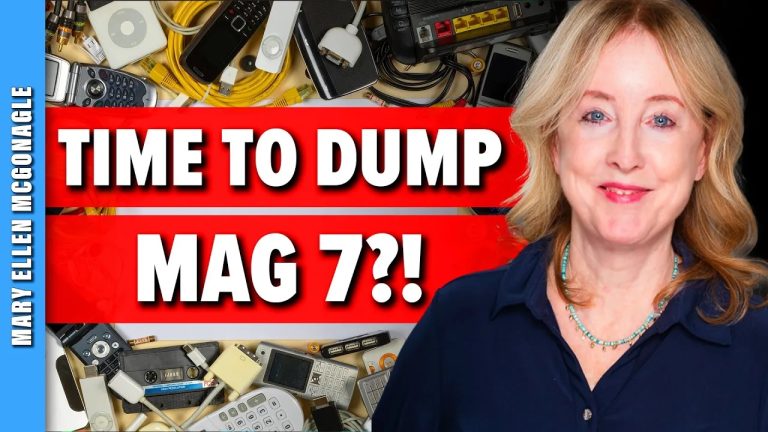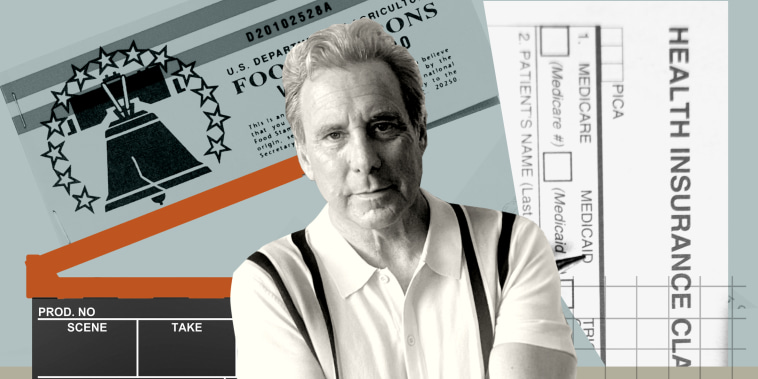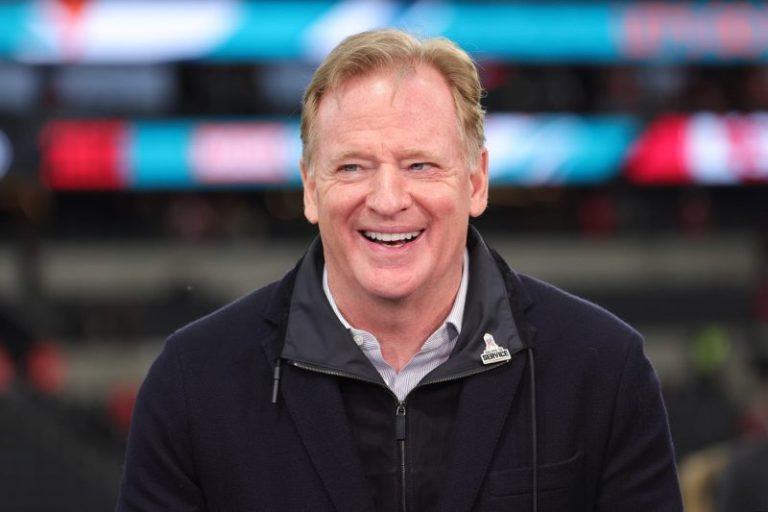Hunter Biden was spotted leaving a swanky Malibu, California restaurant shortly before comedian Rosie O’Donnell, who recently joined a growing number of Democrats saying that President Biden should end his reelection bid, The Sun first reported.
The 54-year-old first son and convicted felon was seen leaving Nobu, a trendy celebrity hotspot, on Thursday evening just minutes before President Joe Biden was scheduled to deliver his remarks at the NATO summit.
Biden was seen sporting a dress shirt and khakis while O’Donnel was seen wearing casual shorts. It’s unclear if the two met inside the restaurant.
The pictures were snapped just before the president participated in his highly-anticipated NATO summit in Washington D.C.
The president’s participation in the summit and a subsequent press conference came as the 81-year-old attempted to repair his public perception after his disastrous debate performance that left Democratic donors, like O’Donnell, looking to ditch Biden.
‘Joe Biden- thank u for all u have give our country – time to pass the torch – now- and for God’s sake Democrats, GET IT TOGETHER b4 it’s too late,’ O’Donnell wrote in an Instagram post, with an image of California Governor Gavin Newsom, following the presidential debate.
While responding to a comment about whether Biden was fit to run, O’Donnell replied, ‘I believe we will have a better chance to defeat Trump with another candidate.’
Another user said the debate was not a call to replace him, but she responded, ‘It’s time.’
O’Donnell’s public commentary that President Biden should step down and refuse the Democratic nomination comes as a growing number of celebrities look to urge the elderly president to pass the torch.
Long-time supporters, like author Stephen King and actor George Clooney, have called on Biden to step down.
‘Joe Biden has been a fine president, but it’s time for him – in the interests of the America he so clearly loves – to announce he will not run for re-election,’ King wrote on X.
Clooney’s response came later in a New York Times opinion piece titled I Love Joe Biden. But We Need a New Nominee.
‘I love Joe Biden. As a senator. As a vice president and as president. I consider him a friend, and I believe in him. Believe in his character. Believe in his morals. In the last four years, he’s won many of the battles he’s faced,’ Clooney wrote.
‘But the one battle he cannot win is the fight against time. None of us can. It’s devastating to say it, but the Joe Biden I was with three weeks ago at the fund-raiser was not the Joe ‘big F-ing deal’ Biden of 2010. He wasn’t even the Joe Biden of 2020. He was the same man we all witnessed at the debate.’
Biden has bucked calls to drop out, vowing to remain in the race as his campaign and the White House ramp up his number of public events in an apparent effort to quell concerns the president isn’t up for another four-year term in the Oval Office.
Biden’s NATO introduction of Ukraine President Volodymyr Zelenskyy included an embarrassing gaffe that mistakenly called the Eastern European president ‘President Putin.’
‘And now I want to hand it over to the president of Ukraine, who has as much courage as he has determination,’ Biden said, before starting to leave the podium. ‘Ladies and gentlemen, President Putin.’
Biden seemed to realize his embarrassing verbal stumble mentioning Russian President Vladimir Putin, and attempted to quickly correct himself.
‘He’s going to beat President Putin. President Zelenskyy. I’m so focused on beating Putin,’ he said. ‘We got to worry about it. Anyway, Mr. President.’
Following his botched introduction, Biden conducted what the White House called a ‘big boy’ press conference – his first solo press conference this year.










